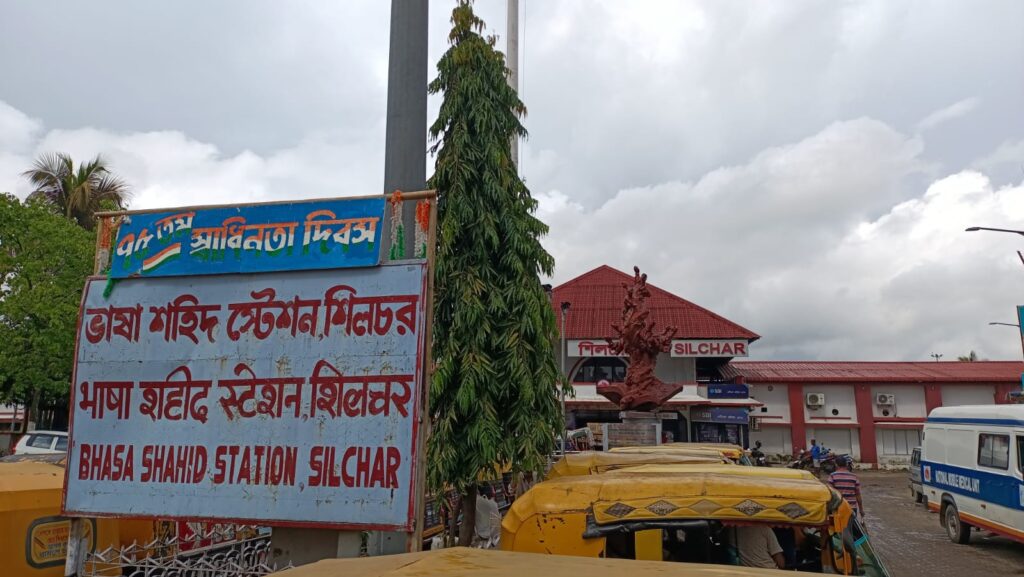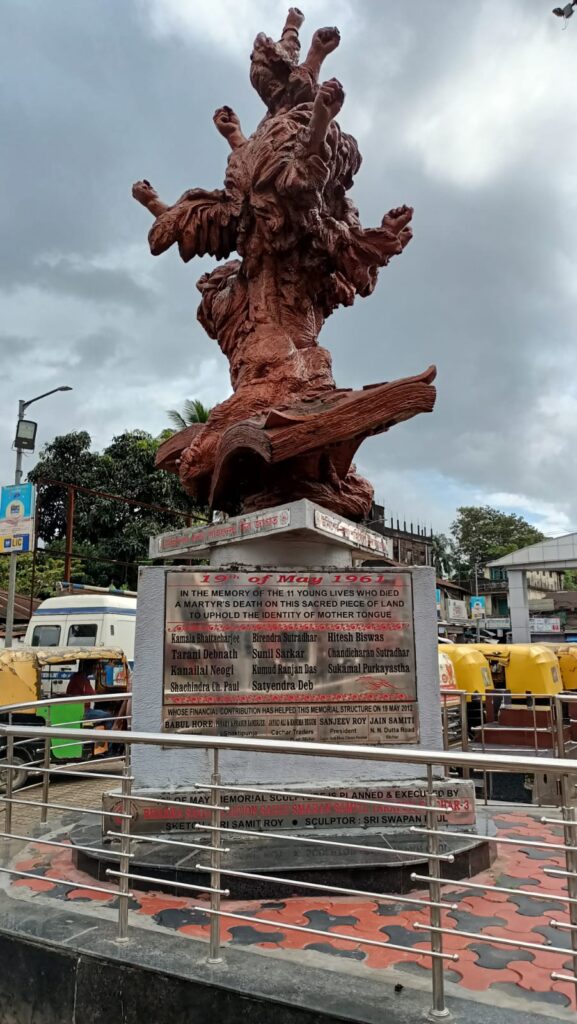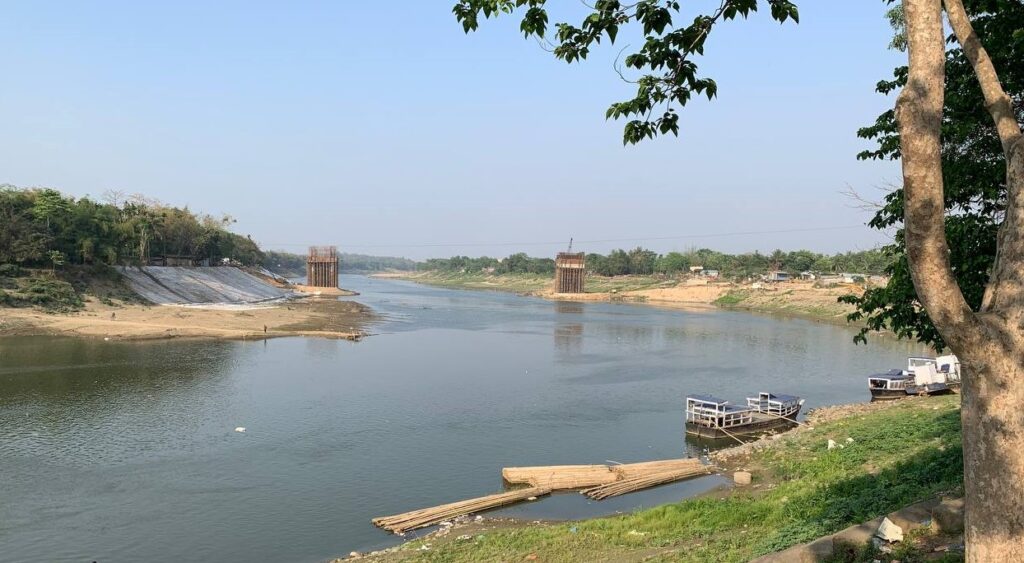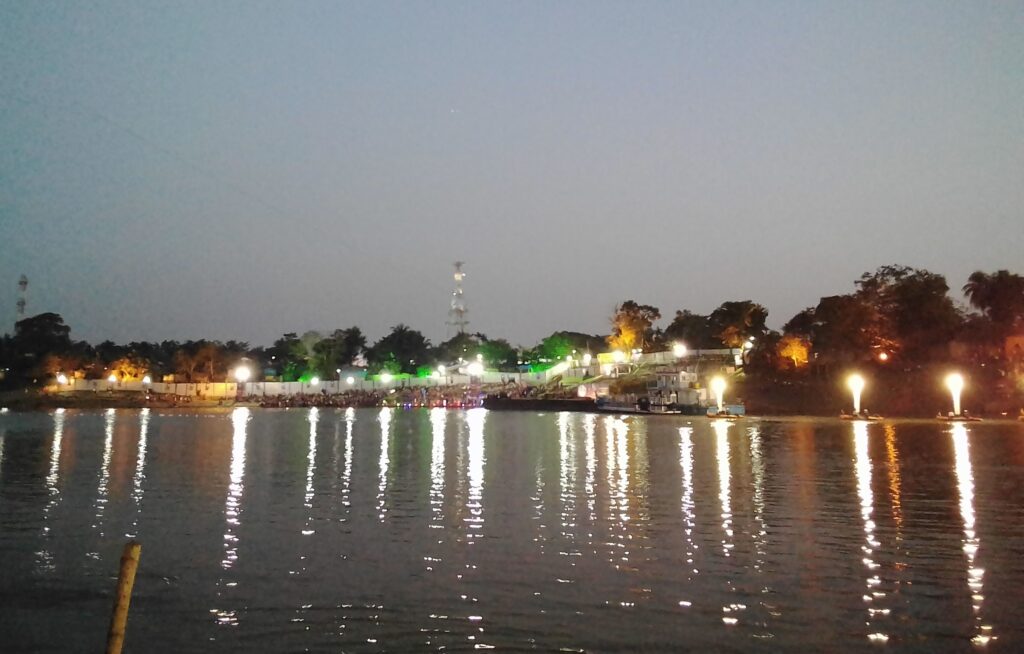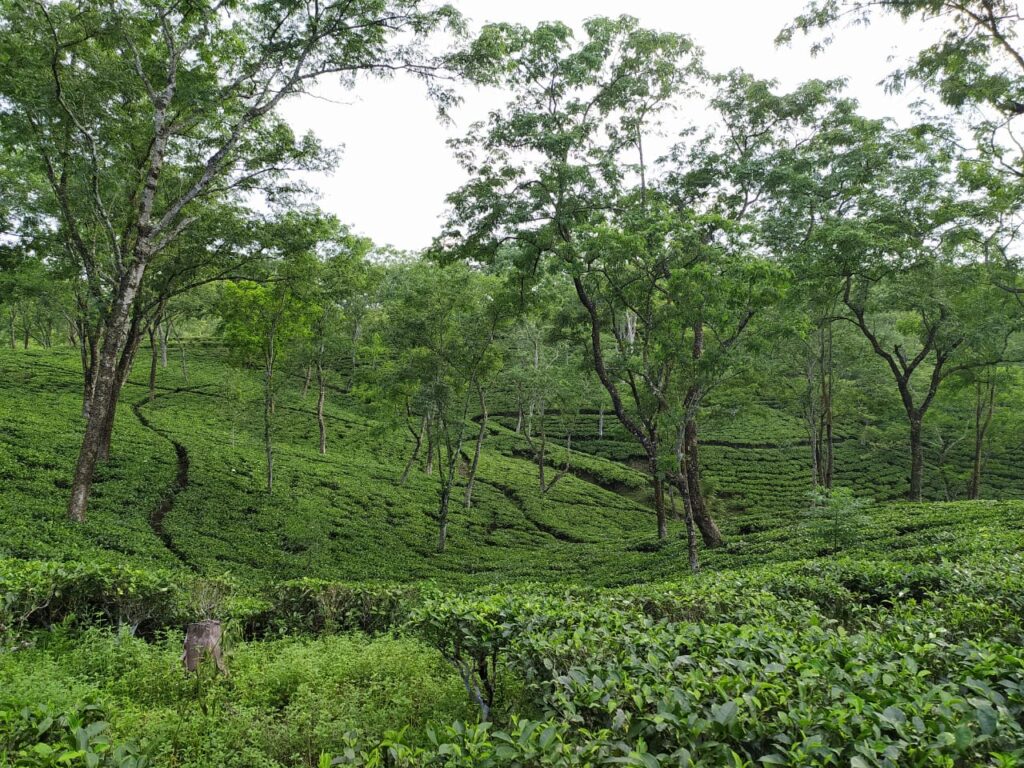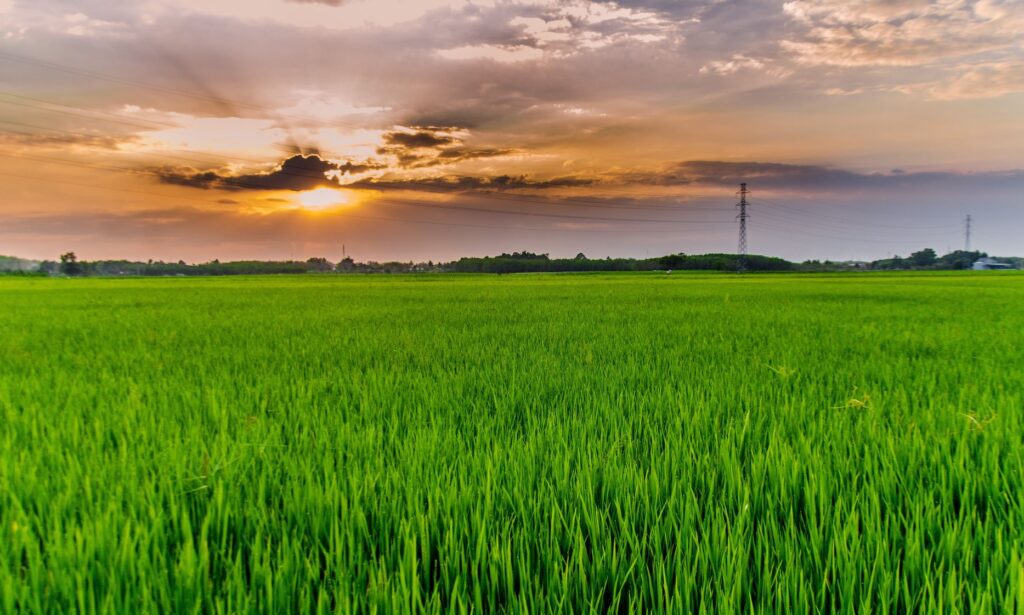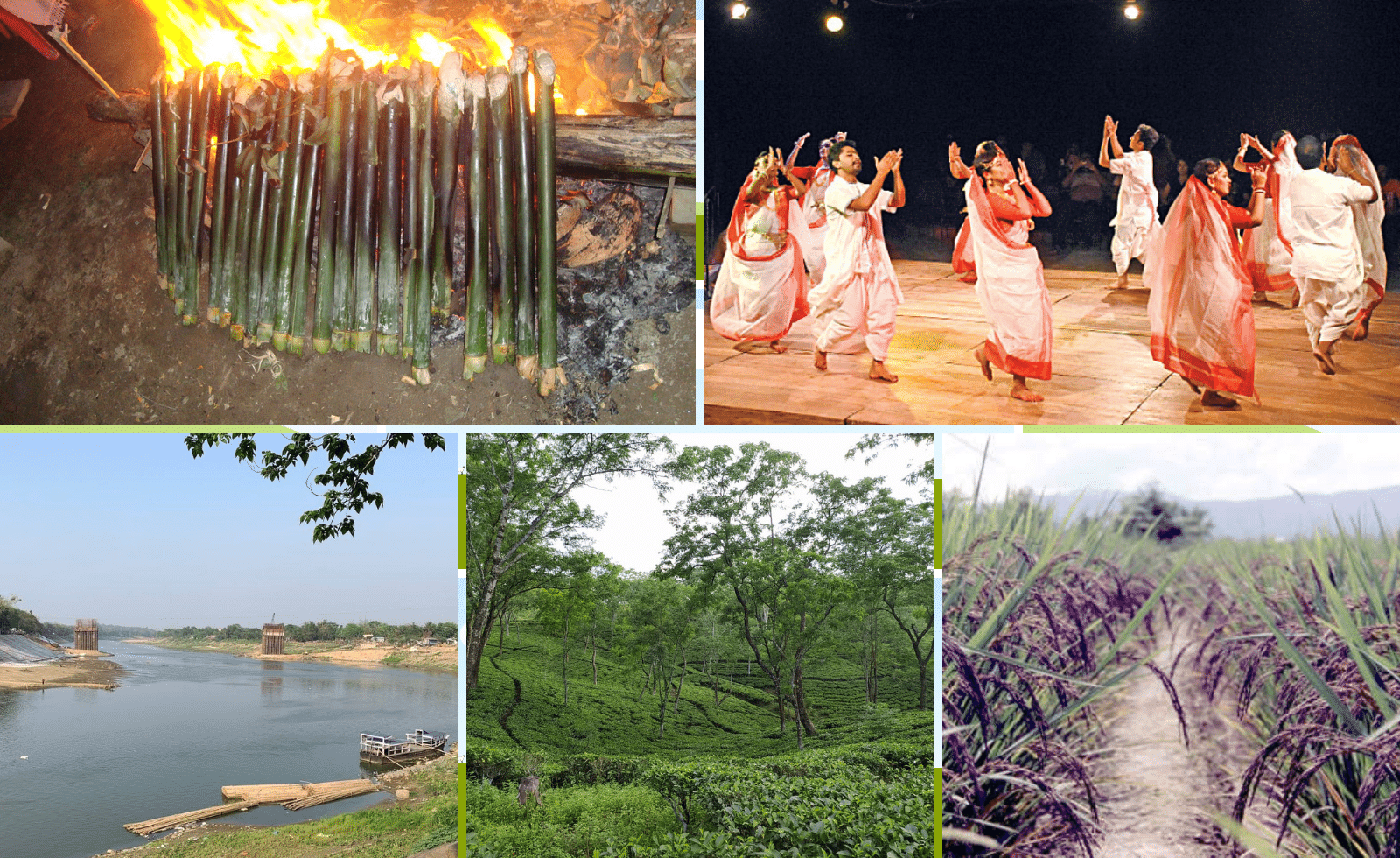
Located in the southern region of the Indian state of Assam lies a beautiful region named Barak Valley, where Silchar is the largest city. The valley was named after the river Barak, which flows within the region. It mainly has three administrative districts of Assam, which are Cachar, Hailakandi, and Karimganj. The Barak Valley is famous for many things, like its crops, history, culture, river, and many more.
Sounds fascinating? As stated above, Barak Valley in Assam is famous for many things; let us now try to find out what they are.
History of Barak valley
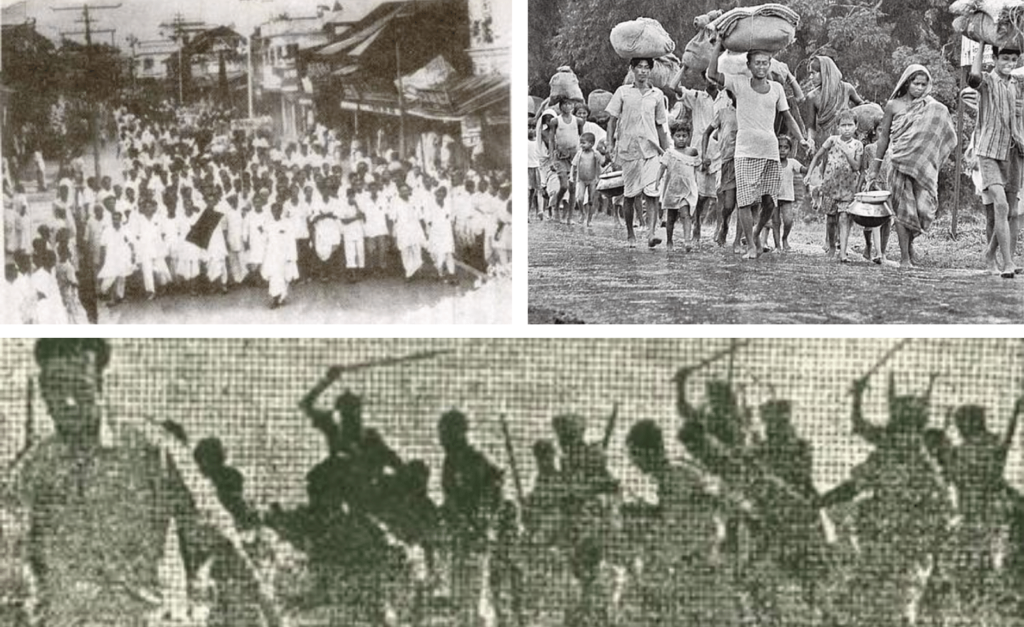
As far as its history is concerned, Barak valley has witnessed many changes in terms of its rulers. Barak valley was under the rule of Kamarupa kingdom. However, when the Kamarupa kingdom fell apart in the medieval era, the region became a part of the Tripura Kingdom. Later, in 1562, the Koch king Chilaraitook over the Cachar region to the Koch kingdom, and thus it became a part of the Koch kingdom. The Khaspur or Kochpurwas administered by Chilarai’s half-brother Kamalnarayan.
The region, however, became independent after Nara Narayan’s death and was ruled by Kamalnarayan’s successors. The last Koch ruler’s daughter married the king of the Kachari kingdom in the 17th century and ultimately handed it over to the Kachari rulers. They later moved their capital from Maibang to Khaspur.
British India annexed the Kachari Kingdom in 1832, and Silchar became the district’s headquarters. The British Companies in the area established a total number of 157 Tea Gardens. Thus, Silchar emerged as a very important center in the part of the country.
Culture of Barak Valley
The beautiful valley is a blend of different religions, languages, and customs, making it experience diverse cultures at its best.
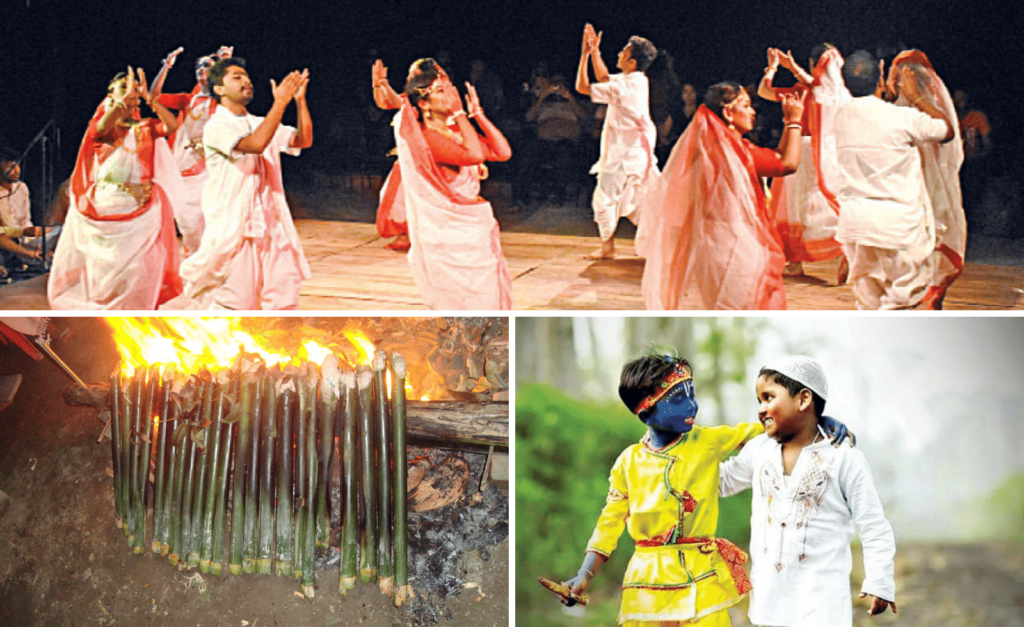
In Barak Valley, Hinduism holds a slight majority. The religious composition of the valley population stands as 50% Hindus, 48.1% Muslims, 1.6% Christians, and 0.3 others. As per the census of 2011, Hindus hold a majority in Cachar district with 59.83% and Karimganj district with 56.36%, while in Hailakandi district, Muslims hold the majority with 60.31%.
According to the language census report of 2011, in Cachar, Bengali is the most spoken and official language of the region. There are approximately 2,930,378 native speakers in Barak Valley. The next most spoken language of Barak Valley is Hindi, Manipuri, Dimasa, and Bishnupriya with 362,459, 126,498, 21,747, and 50,019 native speakers, respectively. Tripura, Odia, Khasi, Hmar, Bhojpuri, Nepali, and Marwari are also spoken by many people. Besides, 2.43% of the total population speaks other tribal languages. In the Karimganj district, the major languages spoken are Bengali and Hindi.
The culture of Barak Valley is heavily influenced by its religion and language. Thus, these factors bring out a vibrant culture that is very famous overall.
Bhasha Shahid Station Silchar
The famous Bahasa Shahid Station Silchar has witnessed one of the most important revolts in the region. It was a part of a protest to enhance the Bengali language in Barak Valley. The railway station was first inaugurated in 1898 under Assam Bengal Railway. In 1892, Assam Bengal Railway was incorporated to serve tea plantations in Assam, which the British owned.
Silchar railway station was a location that witnessed a revolution done in support of the Bengali language. Under the Chief Minister, Bimala Prasad Chaliha, the government of Assam passed a circular to make Assamese mandatory everywhere in Assam. The Bengalis of Barak Valley were triggered by the decision and headed for a protest. On 19th May 1961, Assam police fired on unarmed protesters at Silchar Railway Station. In which eleven protesters lost their life.
After the popular revolt, the Assam Government had to withdraw the circular, and ultimately Bengali was given official status in the three districts of Barak Valley. Since that incident, every year on 19th May, BhashaShahid Divas have been celebrated to commemorate the incident. This incident holds the sentiment of the people of Barak Valley.
River of Barak Valley
The main river that flows within the valley is the river Barak. It flows 900 kilometers (560 mi) through Nagaland, Mizoram, Manipuri, and Assam in India. Next, it enters Bangladesh, where it is named Surma and the Kushiyara. Further, it is called the Meghna before combining with the Ganga and the Brahmaputra. It flows into the Bay of Bengal through Bangladesh. 524 km (326 mi) of Barak river is in India, whereas 31 km (19mi) is on the Indo-Bangladesh border, and the remaining is in Bangladesh. The banks and the water of Barak are home to a variety of flora and fauna.
In terms of aquatic biodiversity, the Barak River is one of the richest rivers in the world. It is home to more than 2,000 species of fish. River Barak has other creatures, including Siamese crocodile, a rare and endangered crocodilian, the SusuDolphin, Black mugger crocodile, and Smooth-coated otter.
Barak Valley is named after the River Barak, which is like an emblem for the Barak Valley. It holds extreme importance and is pretty famous for its unique reasons.
Cultivation of crops in Barak Valley
As you peep into the crops section of Barak Valley, you will find various crops being cultivated. Amongst which Jute is an important crop for Barak Valley. Because the warm and wet climate of Barak Valley is the most suitable to grow Jute, it requires a relatively humid climate, starting between 70% to 90% with a temperature of more than 25 °C for proper cultivation. Apart from this, it also needs loamy soil widely available near the river banks of Barak. The temperature of Barak Valley varies from 25° to 30 °C. Besides, the environment of Barak Valley also has a level of humidity along with rainfall ranging from 100 to 200. The Barak River also adds to the availability of loamy soil. Thus, Jute is an important crop of the Barak Valley.
Next is tea; if you imagine Assam, the first thing that comes to mind is the tea you find there. The tea industry plays an important role in the economy of Barak Valley. The tea that is cultivated in Cachar is not just restricted to its area alone. It gets exported to other parts of India and outside. It is also an important crop of Barak Valley and is pretty famous all around the world.
These are what Barak Valley is famous for. We hope this will be helpful for people who are looking for reasons to be proud of Barak Valley.
Besides, if you feel that we have left some information, comment below with the updated information. We will appreciate your efforts to find out the correct information.
Also read,

